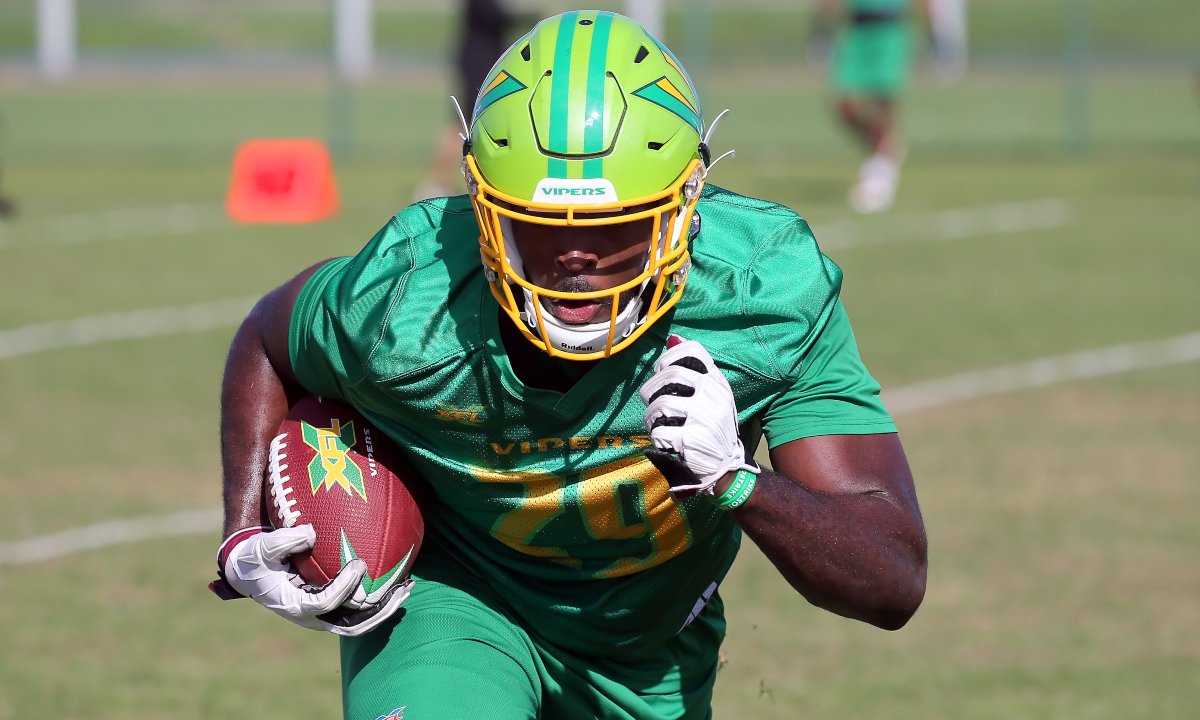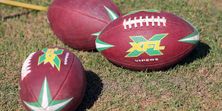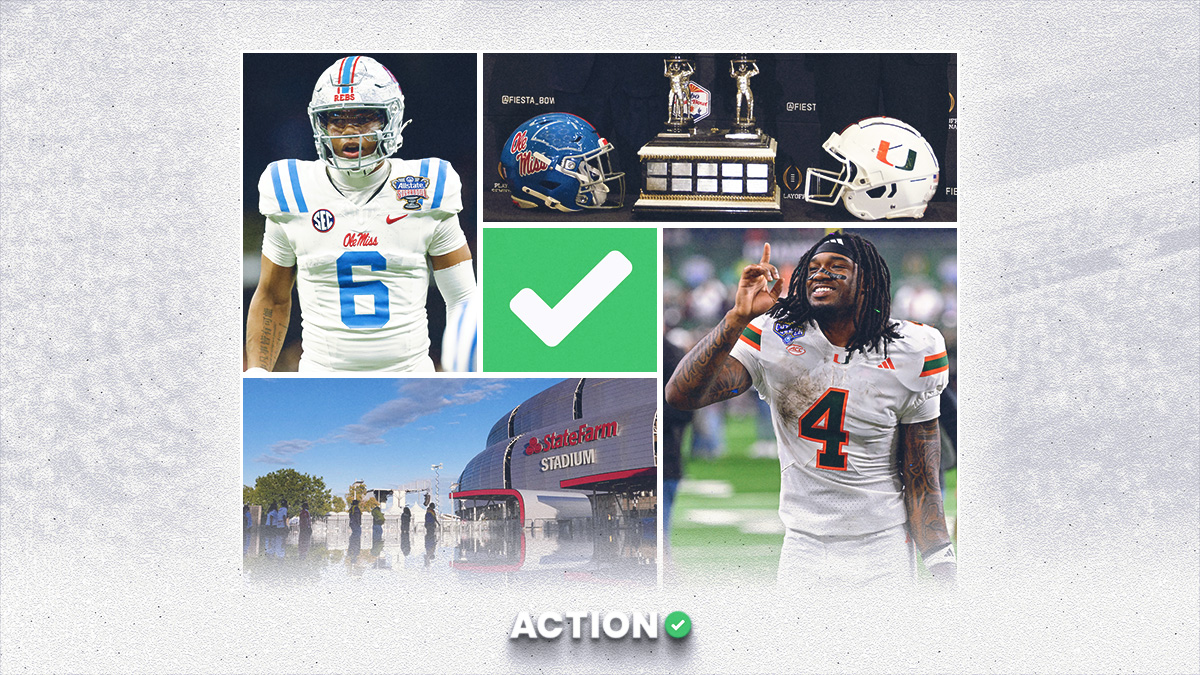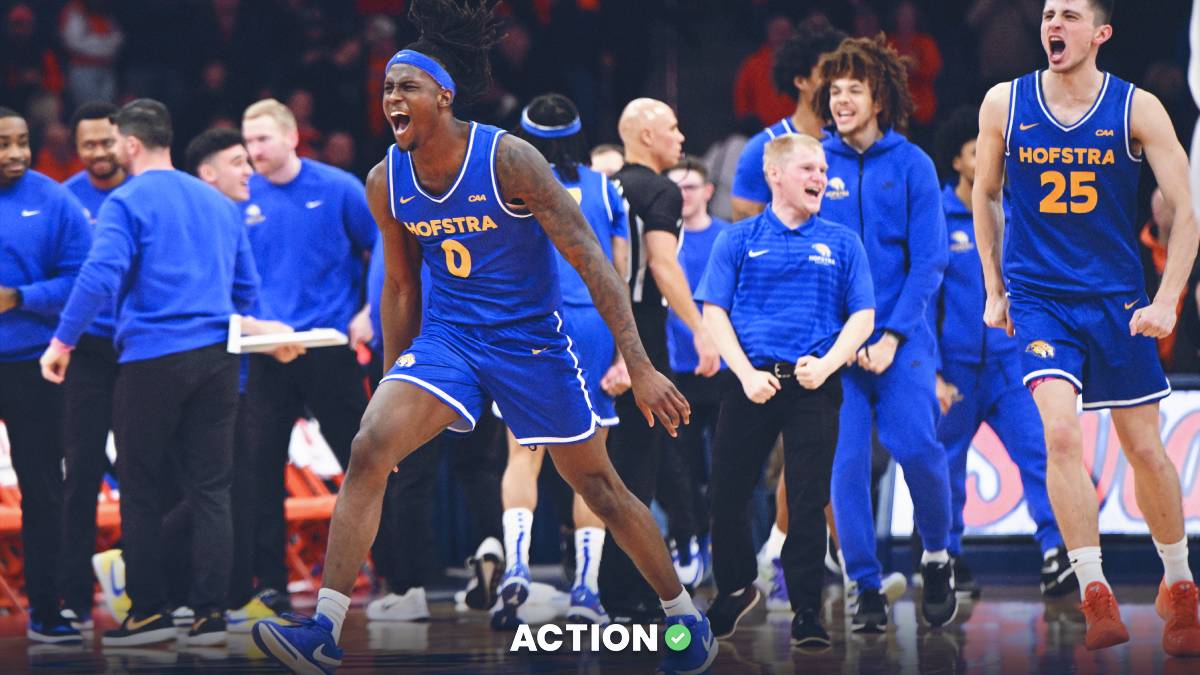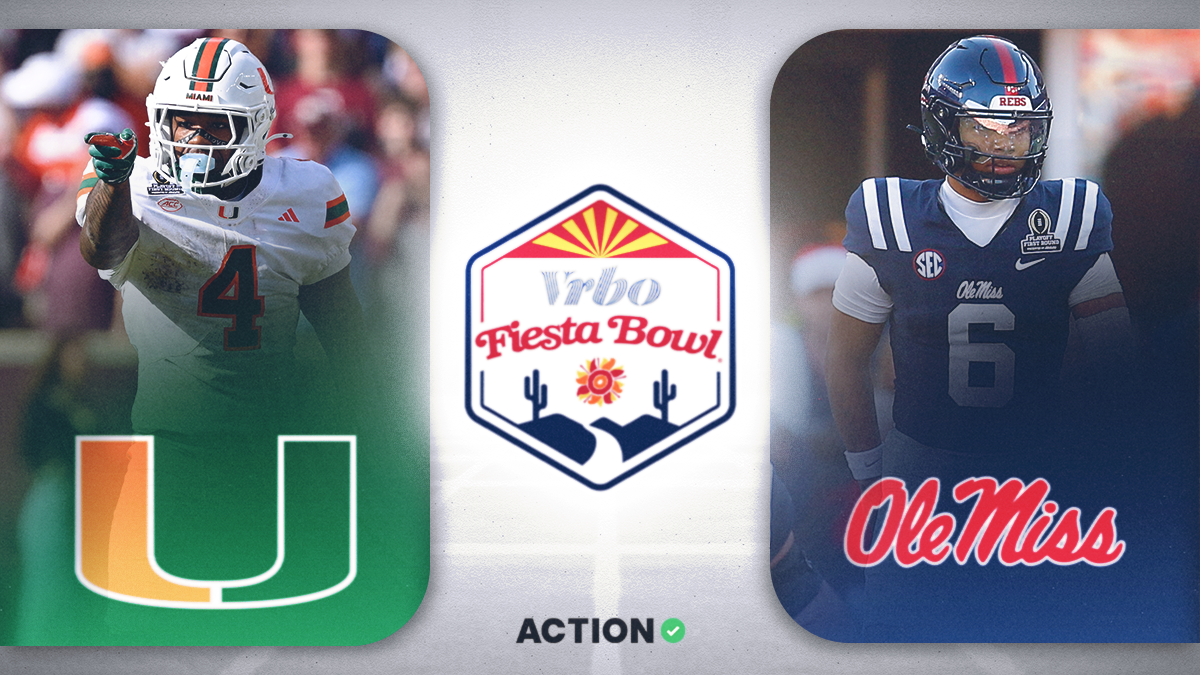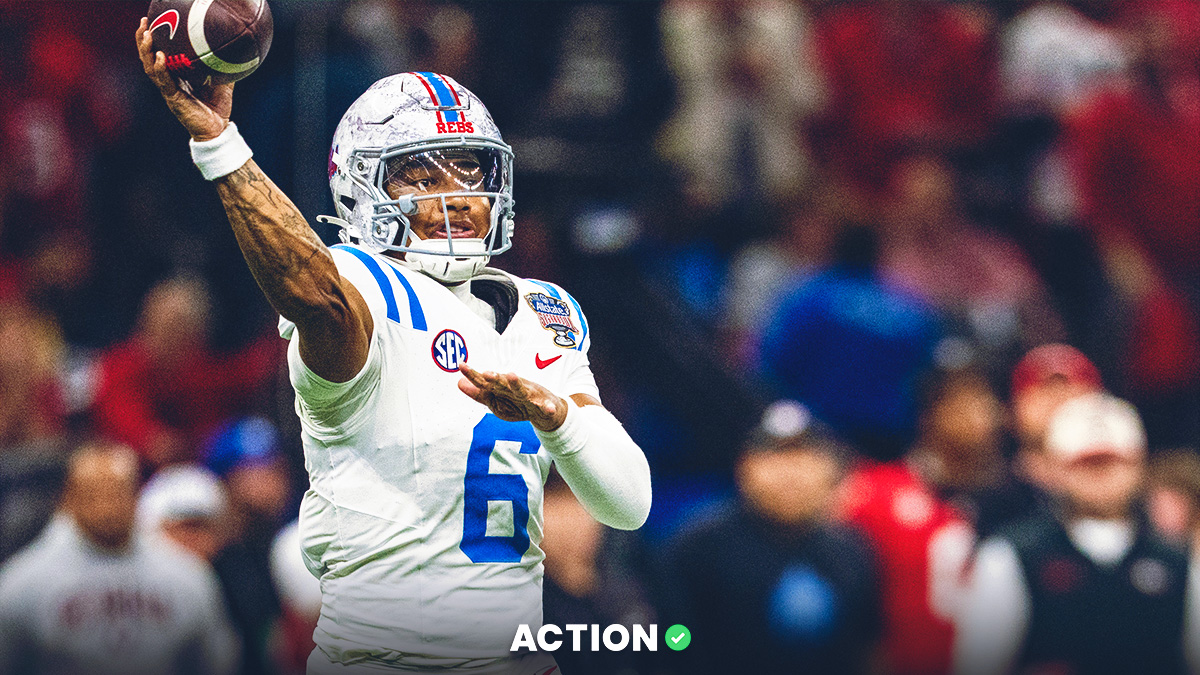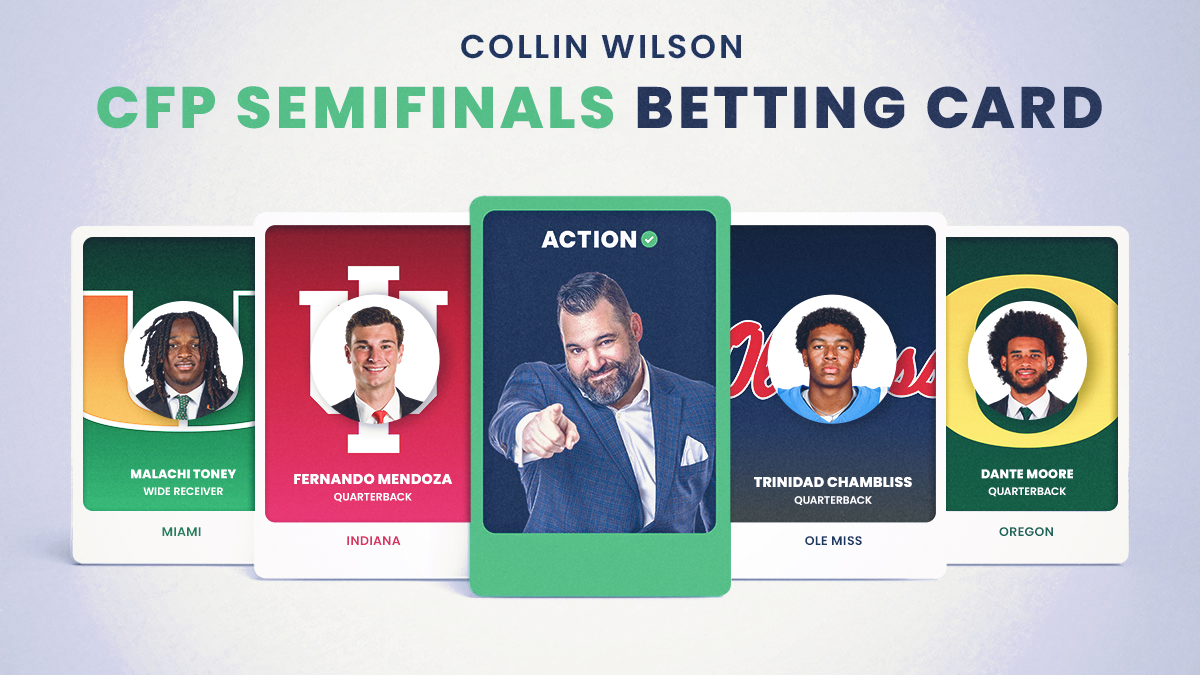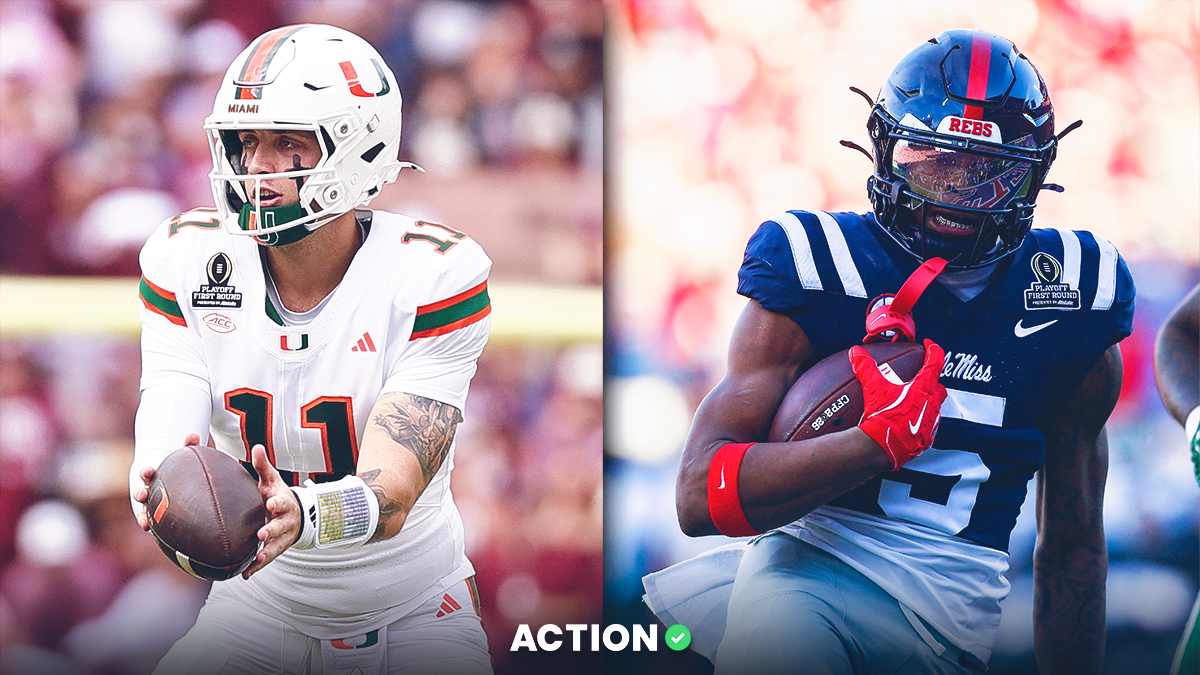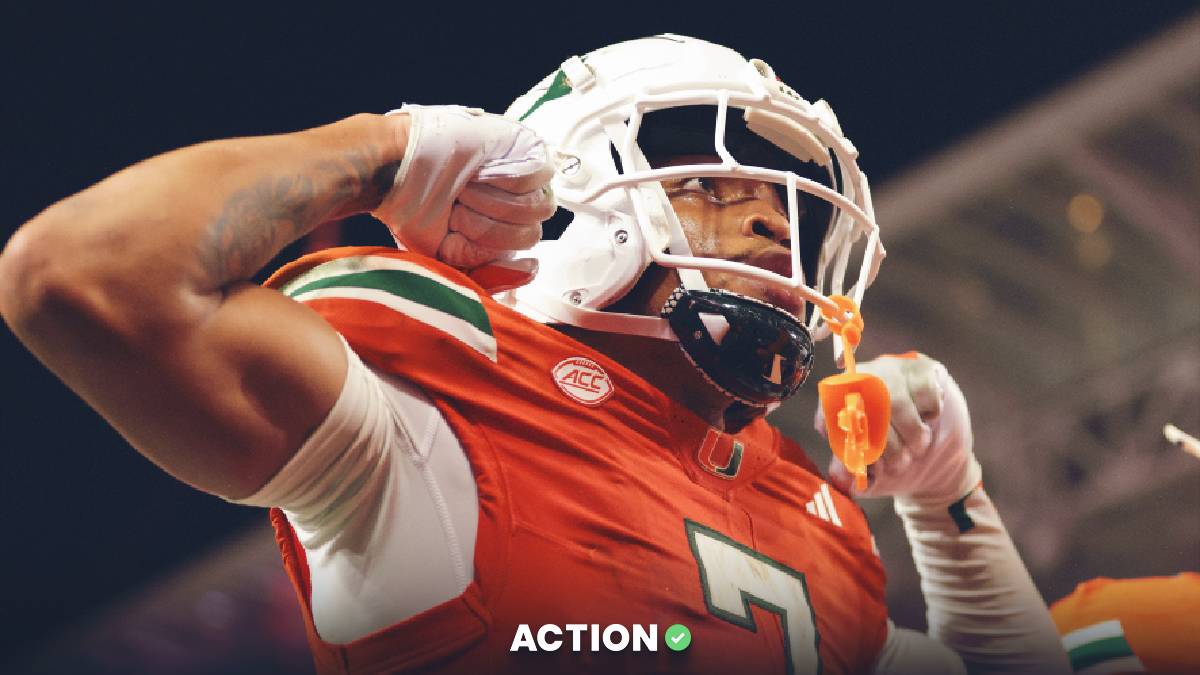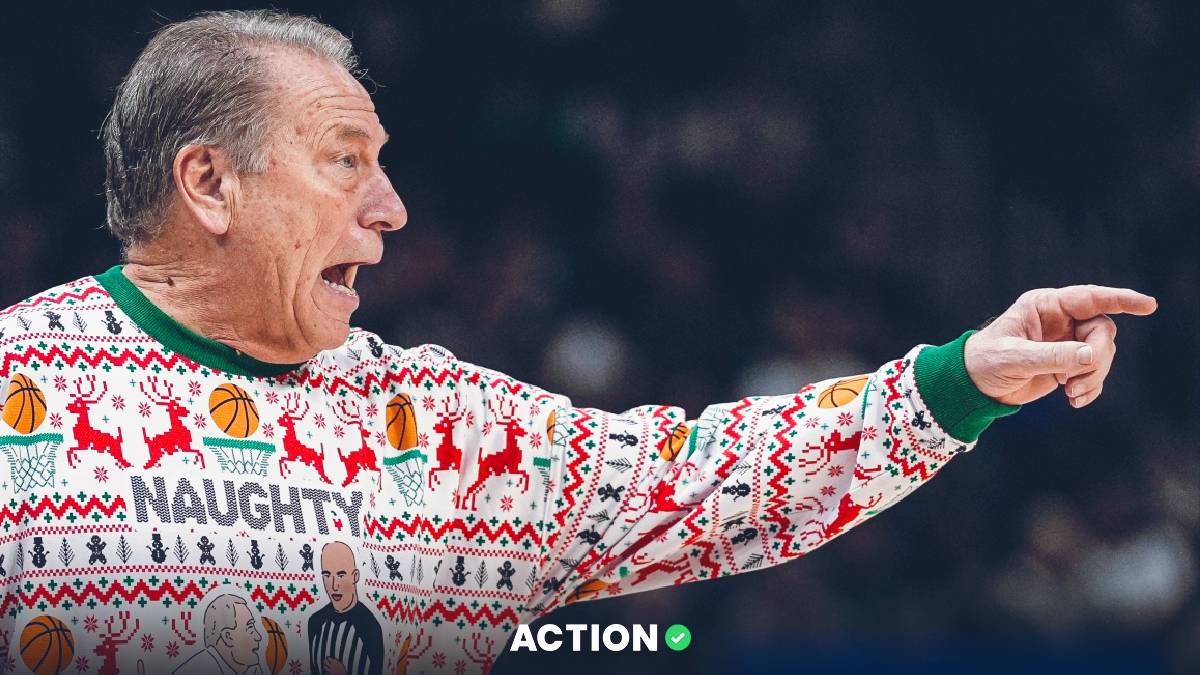- XFL 2.0 kicks off on Saturday, February 8.
- After touchdowns, teams have the option of going for one, two or three points.
- Tony Marquis analyzes historical NFL data to determine which point-after attempt XFL coaches should attempt to convert most often.
Before 2015, the two-point conversion was usually reserved for the game’s final moments, when unique scoring forced a team to go for two to tie or when bold coaches went for two while trailing by one.
You can bet on the XFL at FanDuel, where Action Network users get a risk-free bet up to $500.
Since the extra point was moved back in 2015, even the stubbornest coaches have realized that there’s a mathematical edge in going for a two-point conversion. As a result, we have seen a significant increase in attempts, and with more attempts comes more data to analyze.
According to this article from ESPN, teams in 2001-18 converted 47.7% of two-point conversions compared to 94% of extra-point kicks. ESPN argued then, as most of us now agree, that coaches should attempt more two-point conversions, although in this article, it restricts the suggestion to teams with above-average two-point conversion rates and below-average kicking.
In XFL 2.0, league officials have decided to throw a new wrinkle into the extra-point attempt, eliminating the kicking option and forcing coaches to decide between the two-, five- and 10-yard lines for one, two and three points, respectively.
Luckily for coaches, the eliminated kicking option could make the decision to go for two even easier, considering the generous amount of data we have on all manner of NFL game situations.
One such provider of data is Pro Football Reference’s Game Play Finder, which I have used to compare plays in the last 25 years from the two-, five- and 10-yard lines. I have restricted plays to third-and-goal and fourth-and-goal, as such plays more closely mirror the finality of a two-point try.
In the past 25 years, teams have run 373 goal-to-go plays from the 10-yard-line on either third or fourth down, and they have converted 17.3% of these into touchdowns. It’s not as significant of a sample as I would have expected, but it’s reasonably close to the all-time third/fourth-and-10 conversion rate of 21.0% and the 15.7% rate inside the red zone.
In that same time, NFL teams have converted 30.7% of third- and fourth-and-goal plays from the five-yard line and 45.0% from the two-yard line.
Using these rates, we can find some estimated expected points for each try.
- One-point attempt: 0.450
- Two-point attempt: 0.615
- Three-point attempt: 0.52
These numbers aren’t perfect, but the XFL doesn’t have much information to base its decisions on yet. Until coaches know better, they should opt for the two-point conversion whenever the game state allows.


